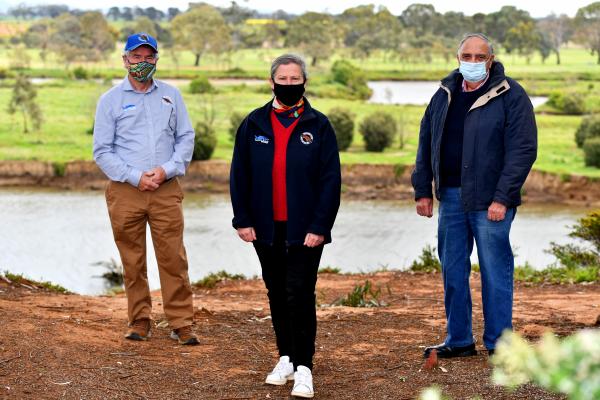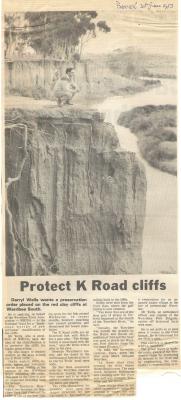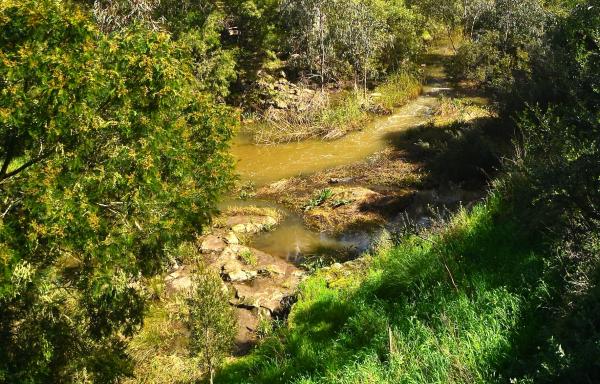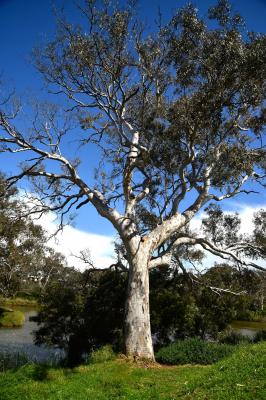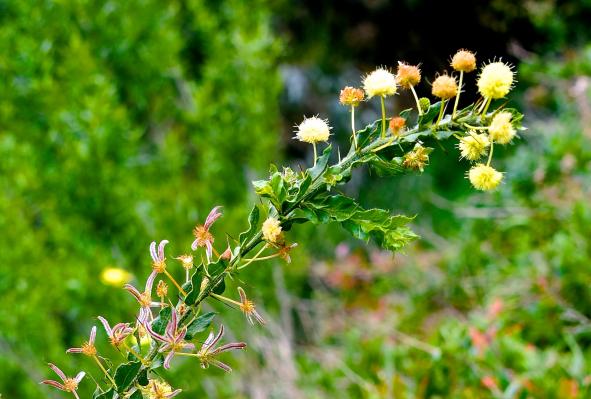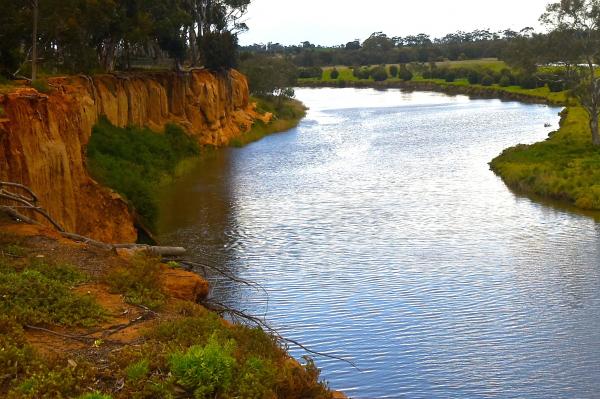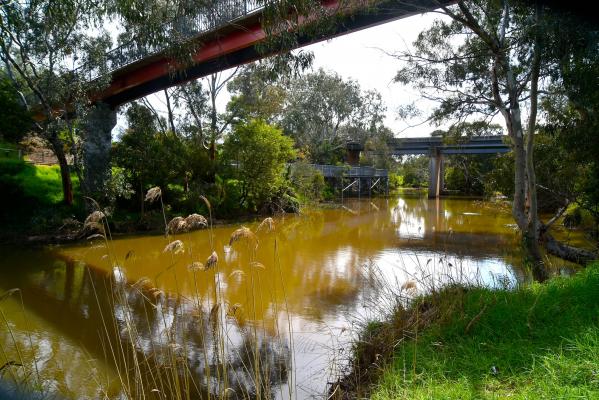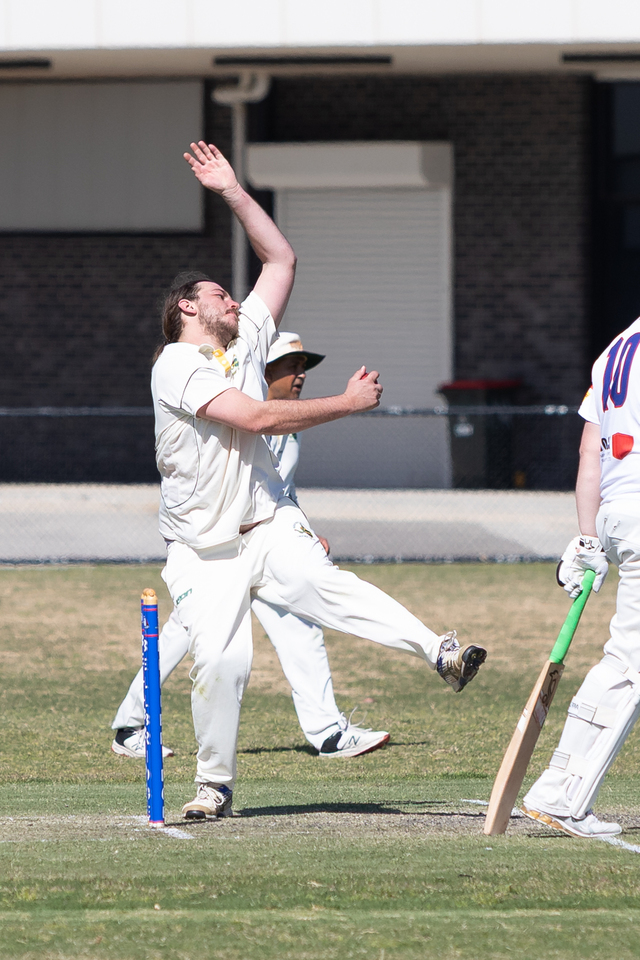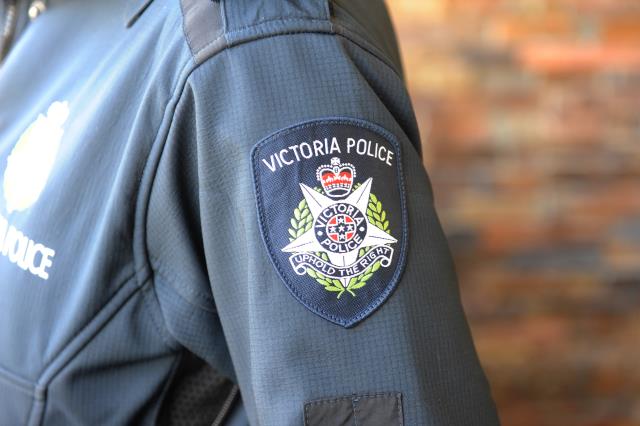The Werribee River Association (WRA) is celebrating its 40th anniversary of working to protect and maintain the beautiful local waterway.
The WRA’s inaugural president Darryl Wells said he has always considered the river to be Werribee’s best asset.
“When I was a kid, I was born and grew up in Werribee, you could watch the platypuses in the river behind the main street,” Mr Wells said.
“Birds live near the river and they are great, you can hear them if you live nearby and they also go into people’s gardens.”
Mr Wells is a font of knowledge when it comes to the river’s history.
He said that when the first rail bridge was built across the river in the 1860s-70s, wood from Tasmania was brought in on a barge.
“Before rail came in, the Chirnside family would transport their wool using the riverway,” Mr Wells said.
In March 1838, an 18-tonne sleep named Childe Harold anchored on the river was seized by bushrangers.
The bushrangers loaded stolen firearms and money onto the ship, which was transporting lime at the time.
“There was also a cutter in the bay and police used it to chase the ship, and the bushrangers were caught,” Mr Wells said.
Police pursued the Childe Harold for around three days, eventually catching the bushrangers, who were transported to Sydney for trial.
As the years went on, Bungey’s Hole became a popular swimming spot in Werribee, and local school children looked after sections of the river.
“As the community grows, people have more access to the river, and it’s important to look after it,” Mr Wells said.
“It’s been here a lot longer than we have and because people have cared about it, that’s why we still have it today.”
Werribee Riverkeeper John Forrester, who joined the WRA in 1993, said the association’s members were still fighting many of the same battles they faced four decades ago – such as water quality issues, water levels and efforts to protect the Werribee River’s platypus population.
Mr Forrester said that across this timeframe, the WRA has advocated alongside other volunteer groups to help improve Wyndham’s waterways and landscapes.
“We have caused changes in planning laws, the environment and brought money to the town,” Mr he said.
The WRA’s community and business development manager, Lisa Field – who is also the committee’s chairperson for this year – is putting together a history of the WRA’s activities.
Ms Field said she going through the association’s old minutes, thanks to a state government grant, and compiling them into a book.
Ms Field said that in the 1970s, land around the river was used as a “dumping ground” for soil and building materials.
As factories and houses were built near the river, its water quality also suffered.
Ms Field said that litter along the river “has become an even stronger concern” nowadays than in the past.
She said that reading about the WRA’s history has given her an insight into how Werribee looked before the 1980s.
“I really get a sense of the landscape here in the town, there were no paths, lots of weeds, no public land along the river,” she said.
“A lot of work has been done over the decades and the interesting thing is there is still much more to be done, especially as we move into a hotter climate.”
Details: https://werribeeriver.org.au, https://www.facebook.com/werribeeriverkeeper/

